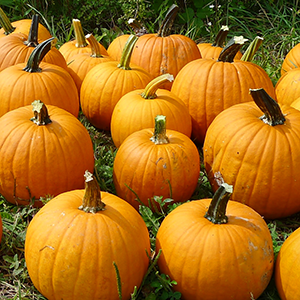

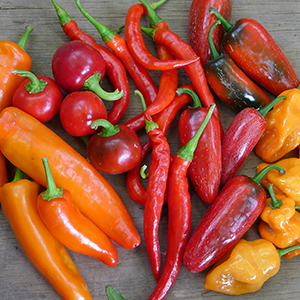
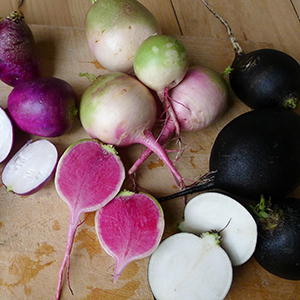
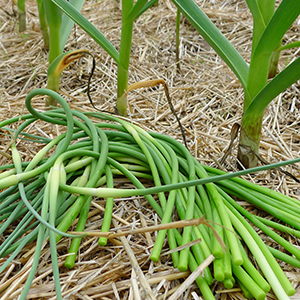
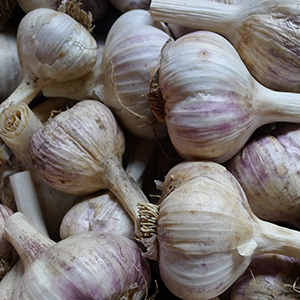



News and Notes | The Anchor Run Blog
Displaying a Single Post |
Show Recent Posts
April 1, 2025
Spring Has Sprung
by Farmer Derek
Spring Has Sprung
by Farmer Derek

Snow peas please! Incorporating a cover crop mix of oats and clover on the 'off' beds in the pea patch.
The growing season began the final week of February with a couple days of seeding in the greenhouse and interior ground preparation in our tunnels.
The first week of seeding is probably the greatest of the season with almost 100,000 seeds sown. With nearly 100% of our crops started in the greenhouse, seeding weekly will run through early September. Even though it was cold and frozen outside, we were able to begin preparing the soil in our four growing structures for early season crops of lettuce mix, greens, and herbs. We had about three weeks to prepare these spaces. Overwintered crops had to be manually hoed a couple of times. In three of the tunnels I'm able to use the tractor for final preparation, so in those spaces we just needed to make sure most of the plants wouldn't survive and reroot. In the fourth tunnel bed prep had to be done completely manually, so besides hoeing, we also had to fork to deeply loosen and rake to clean up and structure the beds.
Into these infinitely valuable spaces were planted cilantro, dill, parsley, kale, arugula, komatsuna, radishes, turnips, bok choy, and lettuce mix.

Farmer Gabby and crew busy planting so, so much.
Planting inside and outside happened last week, on schedule and ahead of schedule, respectively.
Growing in protected spaces basically removes the most challenging uncontrollable variable from farming, the weather. Growing outside in the springtime, however, can be particularly difficult. Soil typically warms up and dries out slowly, condensing/compressing time we have available to get planting spaces ready as well as actually transplanting crops. Any window of dry weather means racing around, doing as much tractor work as possible, preparing ground to accept crops. I normally begin prep about four weeks ahead of planting time. Ground needs to be opened up with the chisel plow which helps it warm up and dry out. Next up is a pass with our 'primary shaper', a disk bedder, that mounds the soil in rows, helping it warm up and dry out even more. A final pass or two is done with our 'final shaper' that levels the beds to a height of about eight inches. With each pass of shaping I deposit soil amendments in the form of organic minerals and fertilizers. Having a rain event between each pass is actually helpful. It stimulates weeds to germinate as well as invigorates soil bacteria which help break down/digest organic matter in the soil.
With outdoor space ready to go, and anticipating a wet start to April, we hustled last week and transplanted snow peas, head lettuce, romaine, radicchio, escarole, chard, beets, fennel, cilantro, dill, kale, cabbage, kohlrabi, radishes, turnips, arugula, bok choy, and komatsuna.

Direct seeding carrots, the only crop we start this way. Everything else is seeded in the greenhouse, except for strawberries, potatoes, and sweet potatoes, whose mother plants come from off-farm and go right in the soil.

POSTS BY TYPE
POSTS BY MONTH

